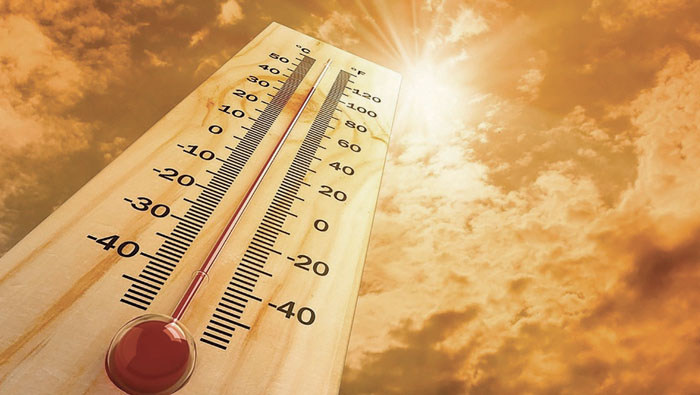On June 2, 2024, the Hamra Ad Duru station in Al Dhahirah Governorate, Oman, recorded the highest temperature in the country, nearly reaching 50 degrees Celsius. According to data provided by the Oman Meteorology, several other stations across the country also experienced extreme temperatures. Fahud station in Al Wusta Governorate recorded 49.0 degrees Celsius, while Sunaynah station in Al Buraimi Governorate reached 48.5 degrees Celsius. Ibri station in Al Dhahirah Governorate registered 48.3 degrees Celsius, Liwa station recorded 48.2 degrees Celsius, and Sohar station in North Al Batinah Governorate reached 48.0 degrees Celsius. Barka station in South Al Batinah Governorate experienced 47.9 degrees Celsius, and Saham station in North Al Batinah Governorate recorded 47.6 degrees Celsius.
These high temperatures highlight the extreme weather conditions that Oman faces during the summer months. The scorching heat can have adverse effects on the environment, infrastructure, and human health. It is crucial for authorities and residents to take necessary precautions to stay safe and healthy during such extreme weather conditions. The Oman Meteorology department plays a vital role in monitoring and predicting weather patterns to help residents prepare for such extreme temperatures and other weather-related challenges.
In response to the high temperatures recorded at various stations across the country, it is essential for residents to stay hydrated, avoid outdoor activities during peak heat hours, and seek shelter in air-conditioned spaces when necessary. Heat-related illnesses, such as heatstroke and dehydration, are common during such extreme temperatures, and it is crucial to recognize the symptoms and seek medical help if needed. Additionally, it is important to check on vulnerable populations, such as the elderly and children, who may be more susceptible to heat-related illnesses.
Apart from the health concerns, extreme temperatures can also impact the environment and infrastructure. High temperatures can lead to drought conditions, water scarcity, and damage to crops and vegetation. It is essential for authorities to implement measures to mitigate the effects of extreme heat on the environment, such as water conservation efforts and planting drought-resistant crops. Infrastructure, such as roads and buildings, may also be affected by the extreme heat, leading to damage and potentially hazardous conditions for residents.
As the effects of climate change become more pronounced, extreme weather events, such as heatwaves, are expected to become more frequent and intense. It is vital for governments, communities, and individuals to take proactive steps to address the challenges posed by extreme heat and other climate-related issues. This includes adopting sustainable practices, reducing greenhouse gas emissions, and investing in resilience measures to protect against the impacts of climate change. By working together, we can build a more resilient and sustainable future for Oman and other countries facing similar climate challenges. Overall, the record-breaking temperatures in Oman serve as a stark reminder of the importance of climate action and the need to address the impacts of global warming on the environment, economy, and society.










